Table of contents
- Understanding serverless computing
- Advantages of a serverless stack
- Introduction to AWS Lambda
- How AWS Lambda works
- Getting started with AWS Lambda functions
- AWS Lambda tutorial
- Use cases for AWS Lambda
- Exploring AWS serverless services
- Building serverless applications with AWS
- Serverless architecture and scalability
- Best practices for serverless technology
- Comparing traditional servers to serverless computing
- Challenges and considerations of a serverless stack
- Key players in the serverless computing market
- Conclusion

Understanding serverless computing
In the world of cloud computing, serverless architecture has emerged as a powerful paradigm shift. It is a model where developers can focus solely on writing and deploying code without the need to manage or provision servers. Serverless computing abstracts away the underlying infrastructure, allowing for automatic scaling, reduced operational overhead, and increased agility.
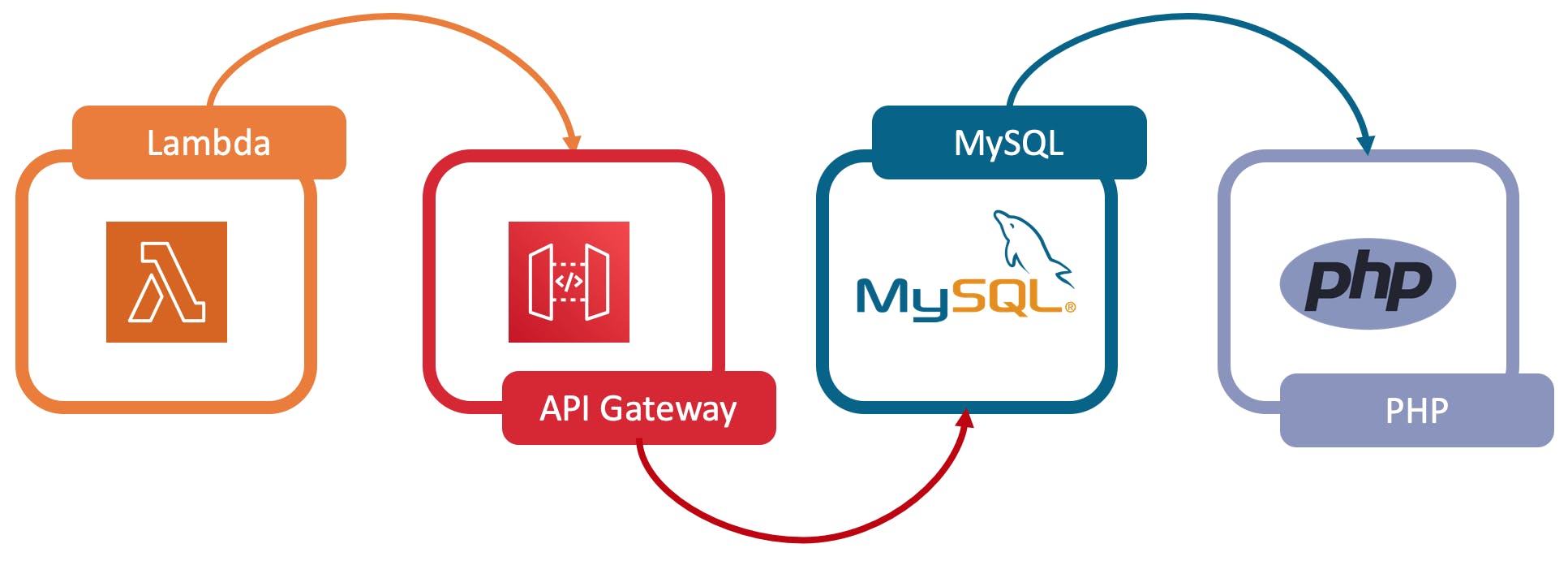
Advantages of a serverless stack
There are several advantages of adopting a serverless stack. First and foremost, it eliminates the need to manage servers, which significantly reduces operational costs. With serverless computing, you only pay for the actual usage of your application, as opposed to paying for idle server time. This pay-as-you-go model provides cost savings, especially for applications with unpredictable workloads.

Another advantage is the automatic scalability that serverless architecture offers. As the workload increases, the system automatically scales up to handle the demand. This eliminates the need for manual scaling and ensures that the application can handle sudden spikes in traffic without any performance degradation. Additionally, serverless platforms often provide built-in fault tolerance and high availability, ensuring that your application remains resilient even in the face of hardware failures.
Introduction to AWS Lambda
One of the most popular serverless platforms is AWS Lambda, provided by Amazon Web Services (AWS). AWS Lambda allows you to run your code without provisioning or managing servers. It supports various programming languages, including Python, Java, and Node.js, making it accessible to a wide range of developers.
How AWS Lambda works
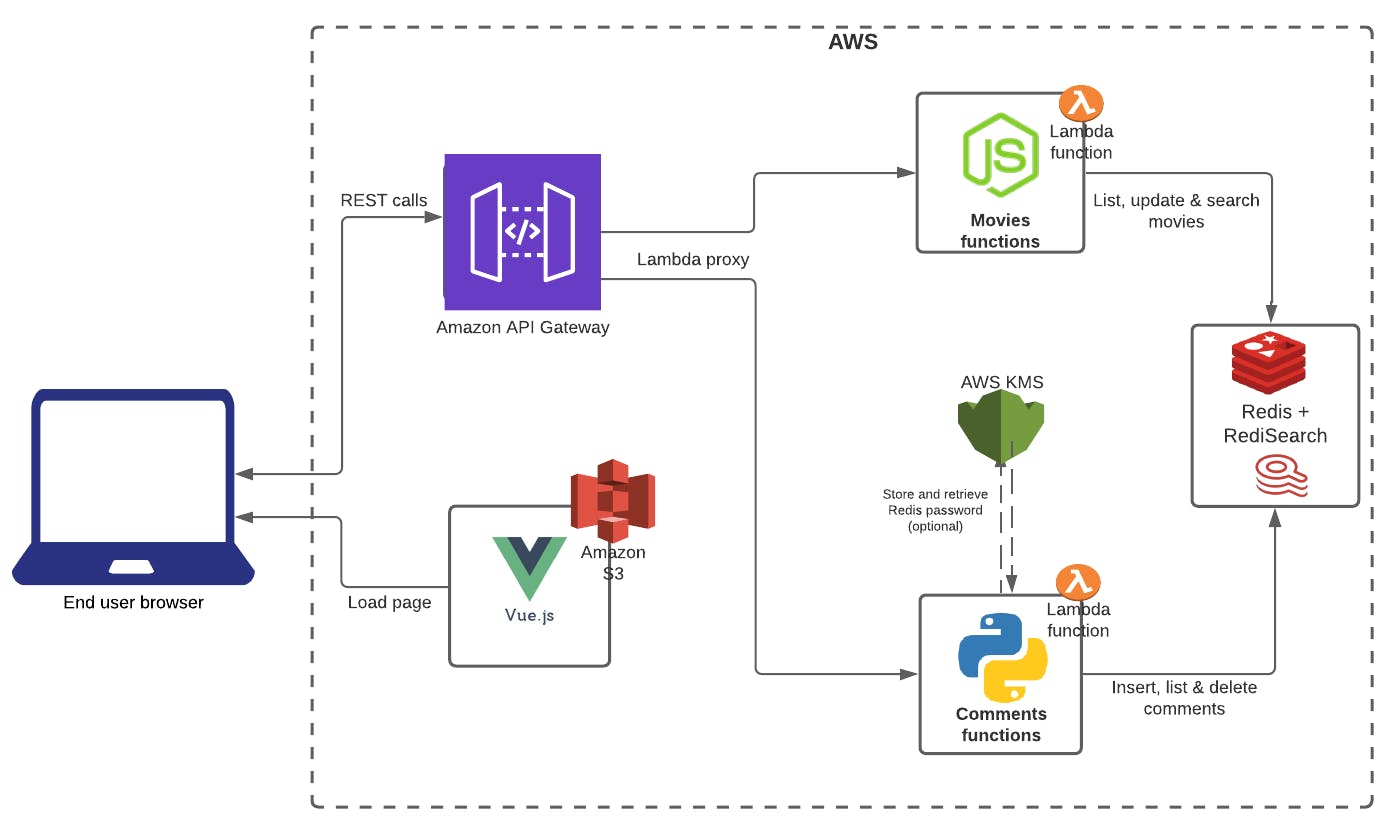
AWS Lambda works based on the concept of functions. You write your code and package it into a function, which can be triggered by various events such as HTTP requests, database changes, or file uploads. When an event occurs, AWS Lambda automatically provisions the necessary resources to execute your code and scales them dynamically based on the incoming workload.
Getting started with AWS Lambda functions
To get started with AWS Lambda, you need to create a function using the AWS Management Console or the AWS CLI. You can choose the programming language, set the function's timeout and memory limit, and configure the triggers that will invoke the function. Once the function is created, you can upload your code or use one of the pre-built templates provided by AWS.
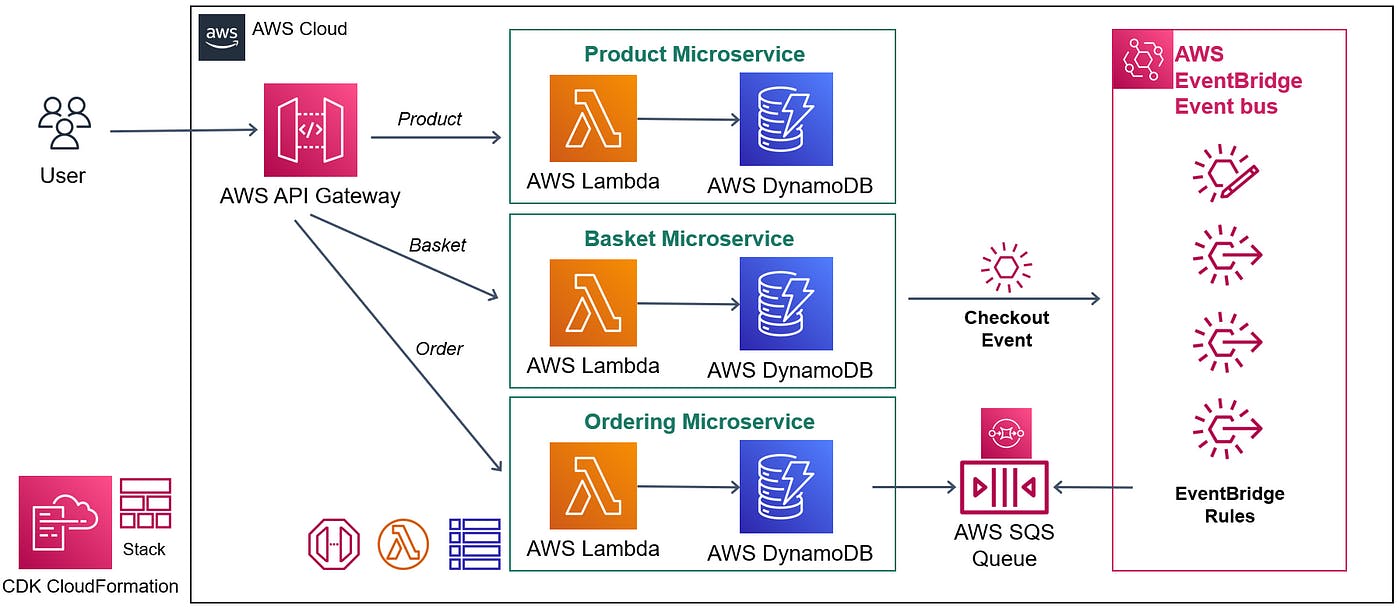
AWS Lambda tutorial
If you're new to AWS Lambda, a good way to get started is by following a tutorial. AWS provides comprehensive documentation and step-by-step guides that walk you through the process of creating and deploying Lambda functions. These tutorials cover various use cases, from simple serverless applications to complex event-driven architectures.
Use cases for AWS Lambda

AWS Lambda can be used in a wide range of applications, from simple scripts to complex microservices. Some common use cases include image or video processing, data transformation, real-time file processing, and serverless APIs. With its flexibility and scalability, AWS Lambda enables developers to build highly efficient and cost-effective solutions.
Exploring AWS serverless services

In addition to AWS Lambda, Amazon offers a suite of serverless services that can be combined to build complete serverless applications. These services include Amazon API Gateway for building RESTful APIs, Amazon DynamoDB for NoSQL database storage, and Amazon S3 for object storage. By leveraging these services together, developers can build scalable and highly available serverless architectures.
Building serverless applications with AWS
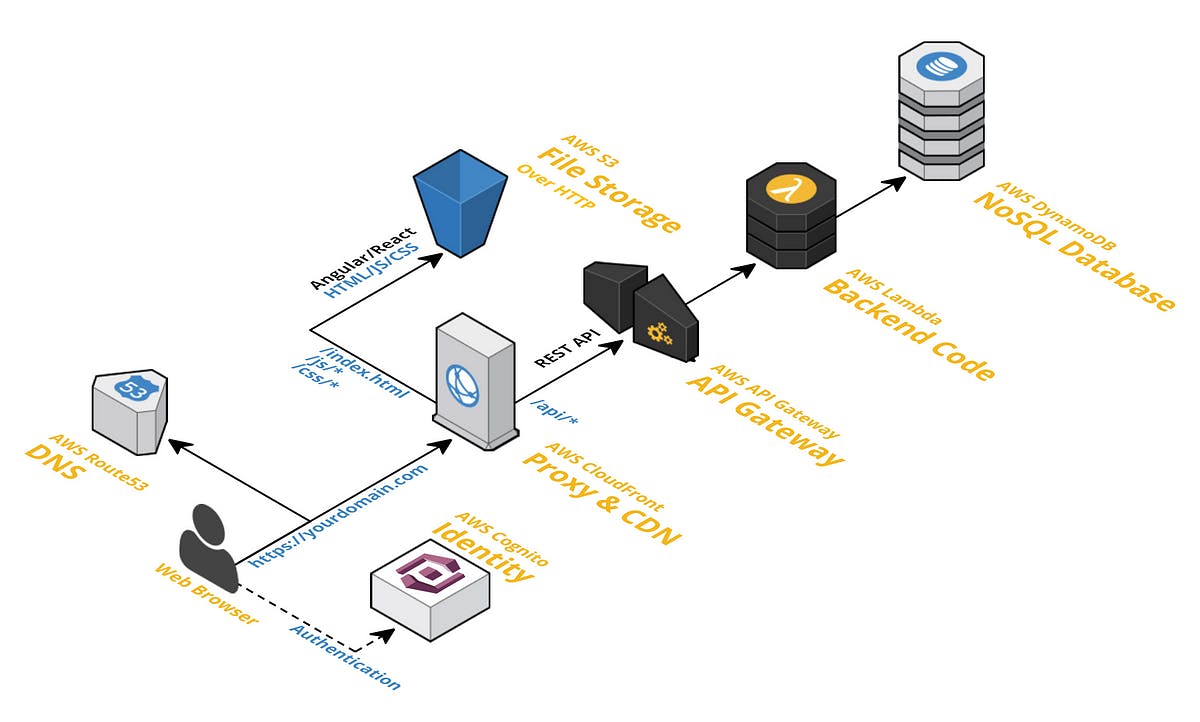
Building a serverless application with AWS involves combining various services and configuring them to work together seamlessly. This requires a good understanding of the different AWS services and their capabilities. AWS provides architectural patterns and best practices to guide developers in designing and implementing serverless applications that are efficient, scalable, and secure.
Serverless architecture and scalability
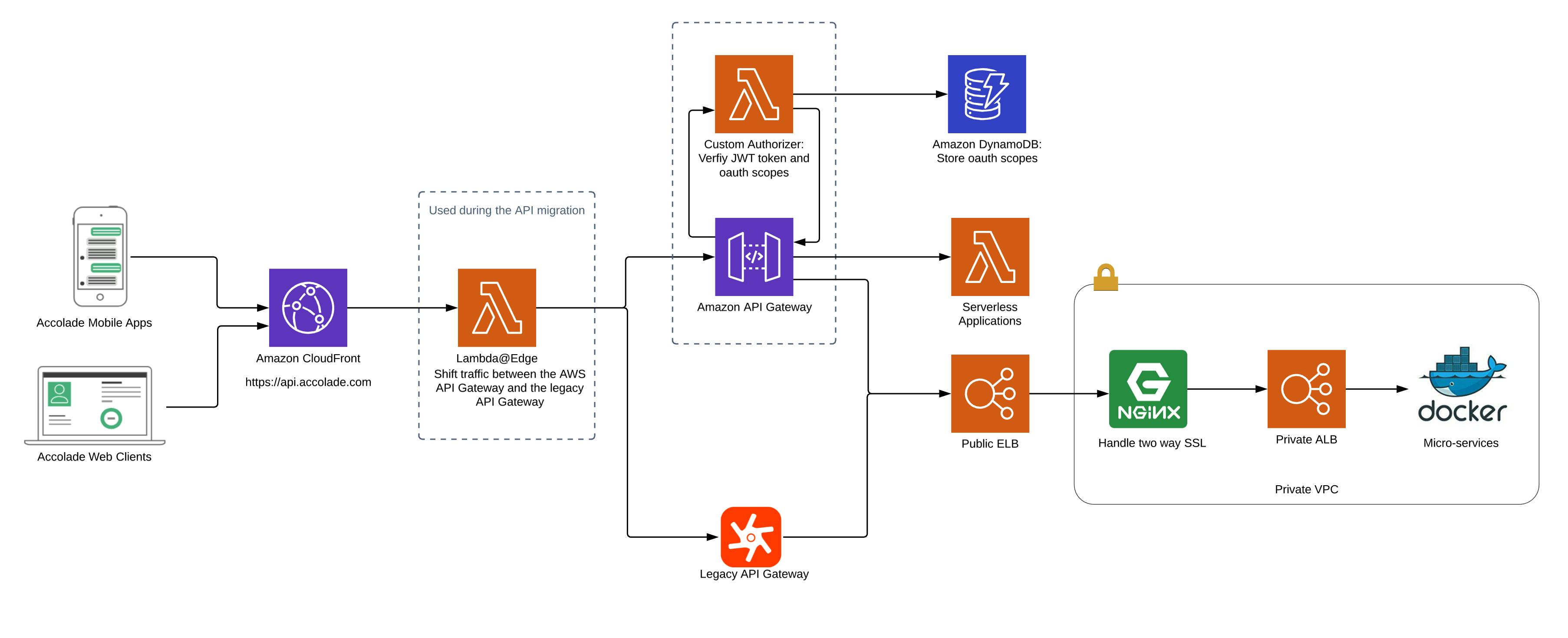
One of the key advantages of serverless architecture is its inherent scalability. With traditional servers, scaling can be a complex and time-consuming process. However, in a serverless stack, scalability is automatic and transparent. As the workload increases, the serverless platform provisions additional resources to handle the demand, ensuring that the application remains responsive and performs optimally.

Best practices for serverless technology

To make the most of serverless technology, it's important to follow best practices. This includes writing functions that are stateless and idempotent, using appropriate error handling mechanisms, and optimizing code for performance and cost-efficiency. It's also important to monitor and analyze the performance of your serverless applications, identifying bottlenecks and optimizing resource allocation as needed.
Comparing traditional servers to serverless computing

When comparing traditional servers to serverless computing, there are several key differences to consider. Traditional servers require manual provisioning, configuration, and maintenance, whereas serverless computing abstracts away these tasks. Serverless computing also offers automatic scalability, whereas traditional servers require manual scaling. Additionally, serverless computing follows a pay-as-you-go pricing model, while traditional servers require upfront investments and ongoing maintenance costs.
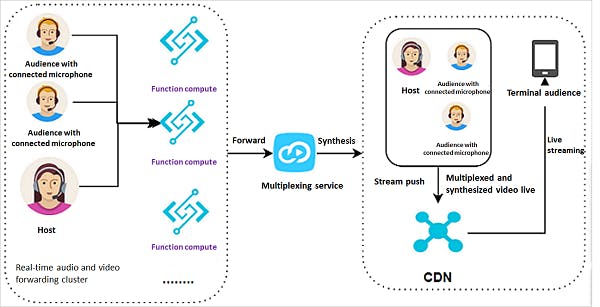
Challenges and considerations of a serverless stack

While serverless computing offers numerous benefits, it also comes with its own set of challenges and considerations. One challenge is vendor lock-in, as serverless platforms tend to have proprietary APIs and services. It's also important to consider the performance implications of cold starts, where the first invocation of a function may experience a slight delay. Security and compliance are also important considerations, as serverless applications typically involve sharing resources with other tenants.
Key players in the serverless computing market
The serverless computing market is rapidly evolving, with several key players competing to provide the best serverless platforms and services. Apart from AWS Lambda, other major players include Microsoft Azure Functions, Google Cloud Functions, and IBM Cloud Functions. Each platform has its own strengths and weaknesses, so it's important to evaluate them based on your specific requirements.
Today every leading cloud service provider offers a serverless platform including Amazon Web Services (AWS Lambda), Microsoft Azure (Azure Functions), Google Cloud (Google Cloud Functions) and IBM Cloud (IBM Cloud Code Engine).

Conclusion
Serverless computing has revolutionized the way applications are developed and deployed. With the advent of platforms like AWS Lambda, developers can focus on writing code without the need to worry about infrastructure management. The advantages of a serverless stack, such as automatic scalability and reduced operational costs, make it an attractive option for building modern applications. By understanding the principles and best practices of serverless computing, developers can leverage this technology to build efficient, scalable, and cost-effective solutions.
Thank you for reading! If you're interested in learning more about serverless computing and how it can benefit your applications, check out our in-depth guide on serverless technology. And don't forget to subscribe to our newsletter for the latest updates on cloud computing and software development.
Enjoy learning and keep Exploring ! 🙌🚀

